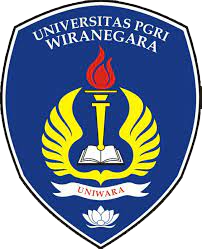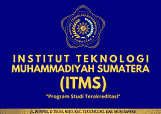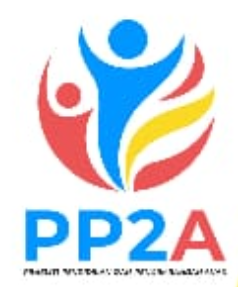Peningkatan Keterampilan Menulis Siswa Melalui Media Twitter dengan Metode Penelitian Tindakan Kelas pada Kurikulum Merdeka Belajar di SMP
Keywords:
Keterampilan Menulis, Penelitian Tindakan Kelas, Pendidikan SMP, Twitter, Kurikulum Merdeka BelajarAbstract
Penelitian ini mengevaluasi penggunaan Twitter sebagai media pembelajaran untuk meningkatkan keterampilan menulis siswa kelas 8 di SMP Negeri di kota Y, dalam konteks Kurikulum Merdeka Belajar. Dengan metode penelitian tindakan kelas, penelitian melibatkan 30 siswa yang dipilih secara acak dan dilakukan dalam tiga siklus tindakan: perencanaan, pelaksanaan, observasi, dan refleksi. Setiap siklus memberikan wawasan tentang strategi pengajaran yang efektif dan tantangan yang dihadapi. Data dikumpulkan melalui tes menulis, wawancara mendalam, dan observasi partisipatif, dianalisis menggunakan pendekatan kualitatif dan kuantitatif. Hasil menunjukkan peningkatan signifikan dalam keterampilan menulis siswa, terutama dalam kreativitas, struktur argumentasi, dan variasi penggunaan bahasa, dengan peningkatan rata-rata skor sebesar 25%. Penelitian ini juga mengidentifikasi tantangan signifikan, seperti keterbatasan akses internet dan kebutuhan pelatihan lebih lanjut untuk guru. Rekomendasi untuk mengatasi tantangan ini termasuk peningkatan infrastruktur jaringan sekolah dan pelatihan intensif bagi pendidik. Dengan demikian, Twitter dapat menjadi alat pembelajaran yang efektif dan inovatif dalam mendukung Kurikulum Merdeka Belajar, asalkan ada dukungan infrastruktur dan pelatihan yang memadai. Penelitian ini menawarkan panduan praktis untuk guru dalam mengintegrasikan media sosial ke dalam kurikulum secara efektif.
Downloads

Published
How to Cite
Issue
Section
URN
License
Copyright (c) 2024 Jurnal Penelitian Tindakan Kelas

This work is licensed under a Creative Commons Attribution-ShareAlike 4.0 International License.

 Universitas Panca Sakti Bekasi, Indonesia
Universitas Panca Sakti Bekasi, Indonesia
















